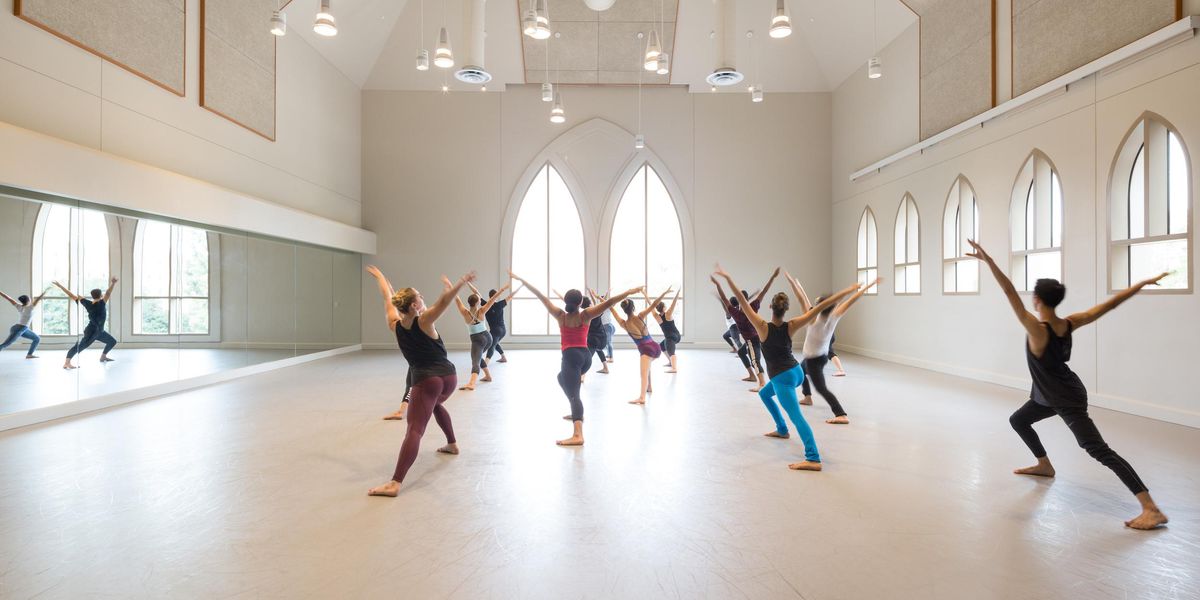Injured? 10 Ways to Take Charge of Your Recovery
The first time I got injured, it felt like my life was put on hold. I’d fractured my fifth metatarsal, and was only out for six weeks, but it felt like six years. While everyone else was dancing, improving and performing, I was hobbling around in an ugly boot, with nothing to do but attempt to salvage my core strength via a terrible Pilates DVD. I felt completely lost.
But I shouldn’t have: There are plenty of ways injured dancers can get back on their feet—and return even stronger than when they left. Take charge of your healing process with these 10 steps to speed up recovery and actually use the time off to your advantage.
#brokebutnotbroken Wendy Whelan and Marcelo Gomes
1. First things first: If a doctor tells you that you’ll have to quit dancing for good, get a second opinion. Take it from a dancer/med student whose diagnosis only got worse after hip surgery.
2. Learn the ins-and-outs of worker’s comp so you can still receive part of your paycheck.
Photo by Nathan Sayers
3. Few experiences are more stressful than injury. But finding a way to calm your mind and body could actually help you heal faster.
4. Pay attention to what you’re eating. Getting the right nutrients is essential for recovery.
5. Check out The Dancer’s Resource, an injury support group launched by Bebe Neuwirth for dancers who can’t dance. You’ll find group and individual counseling, referrals to dance medicine specialists, information on disability insurance and even emergency financial assistance.
6. Knowledge is power: Educate yourself about the most common dance injuries, and how you can avoid and overcome them.
Photo by Nathan Sayers
7. Once you get a green light from your doctor, physical therapy will not only strengthen your muscles to prevent relapse and prepare your body to dance again, but also give you a physical outlet. Find an expert familiar with dancers. Also, search for a cross-training regimen that you enjoy to protect yourself from overuse injuries and correct imbalances.
8. Know that you’re not alone. Whatever you’re feeling, it’s normal. Paul Taylor dancer Parisa Khobdeh admits that being sidelined for months left her so defeated she almost didn’t want to dance anymore. Wendy Whelan says the loneliness was one of the hardest parts of injury, but sharing her healing process on social media helped her feel less disconnected from her dance life.
9. When you first return to the studio, self-doubt can be paralyzing. Are you pushing too hard? Playing it too safe? It can take awhile to overcome the fear of re-injury, but taking it slow and focusing on your progression can help you overcome the mental hurdles.
10. Reframe injury as an opportunity. Stephen Petronio argues that it’s a chance to get to know your body better, and become a smarter, more nuanced artist. Through the process of researching what’s wrong and repairing what needs to be fixed, dancers often break through what they previously considered their bodies’ limits. Embrace the time to hit the refresh button.





